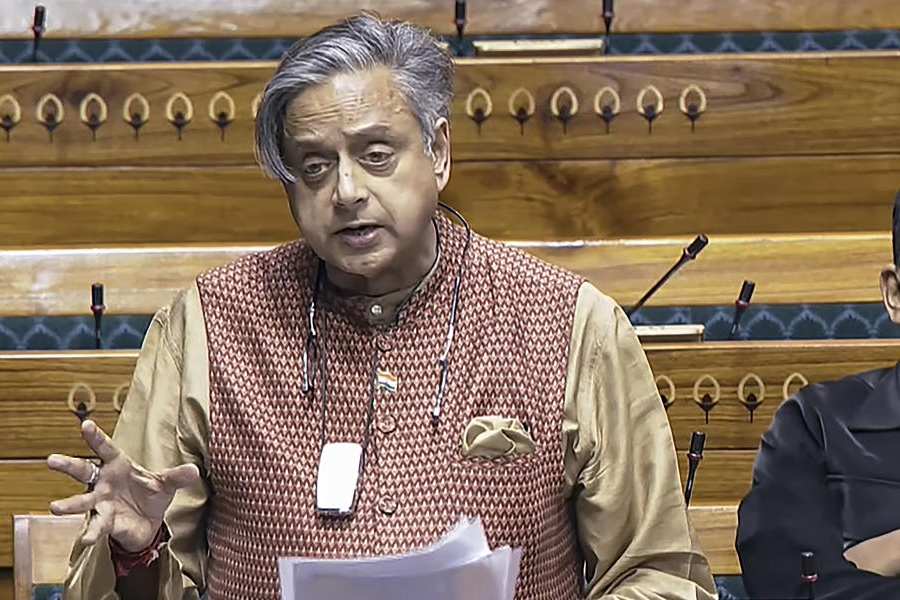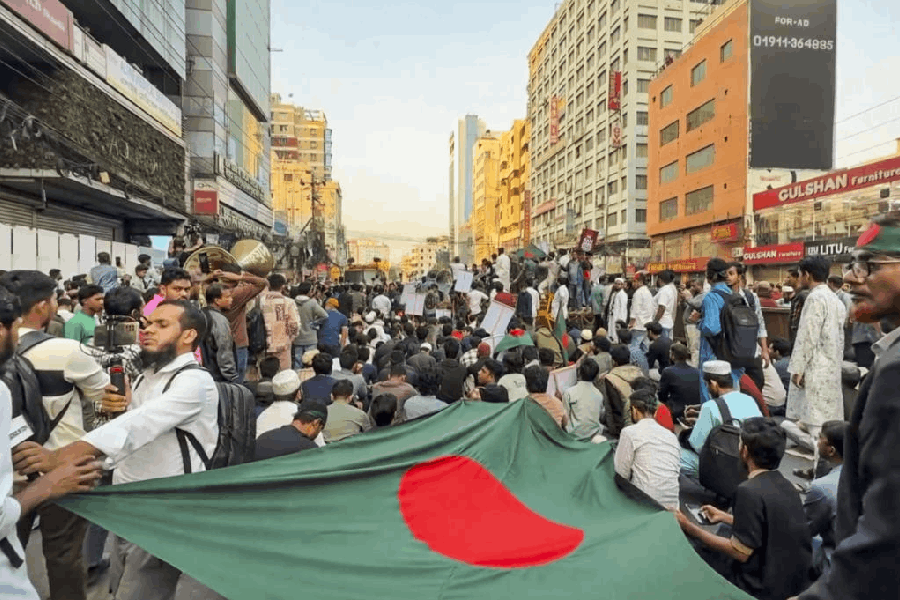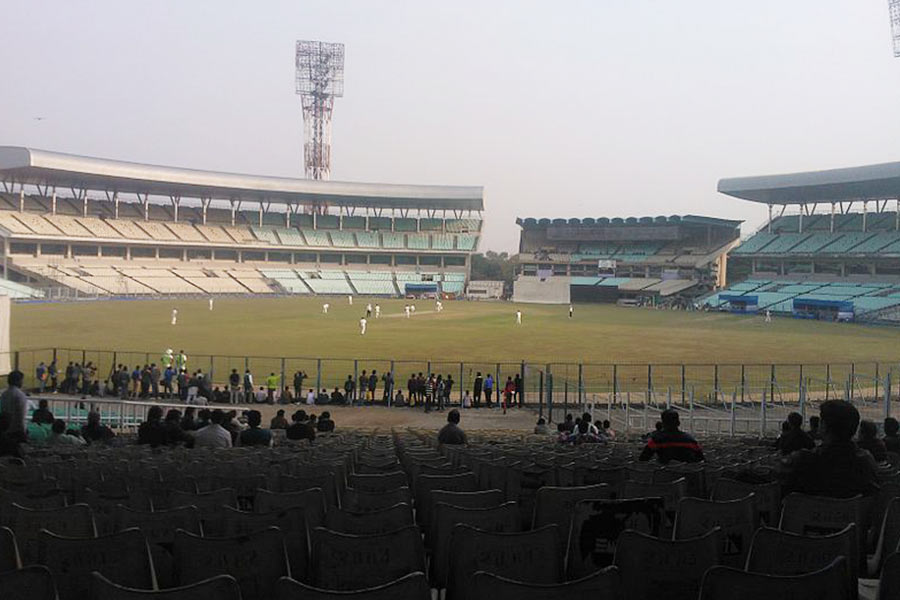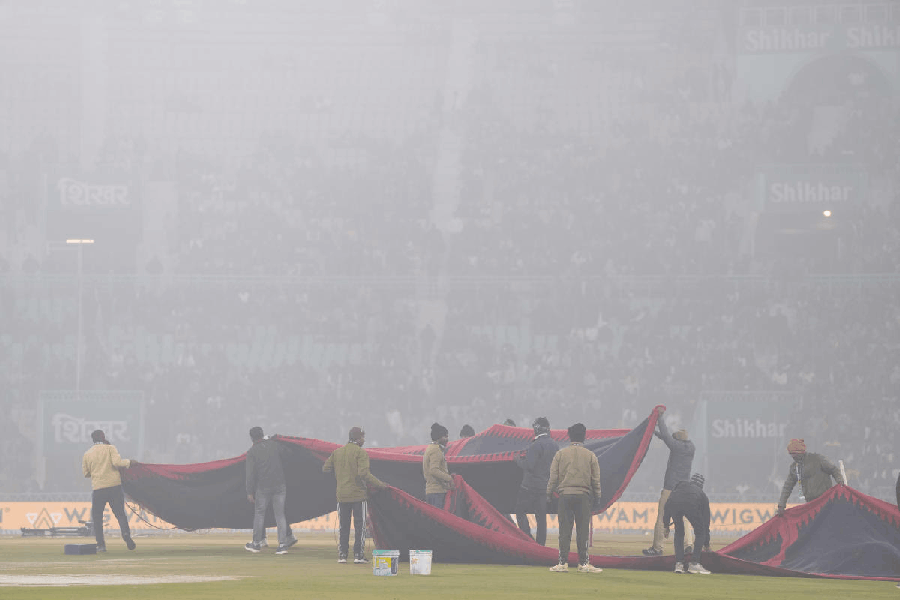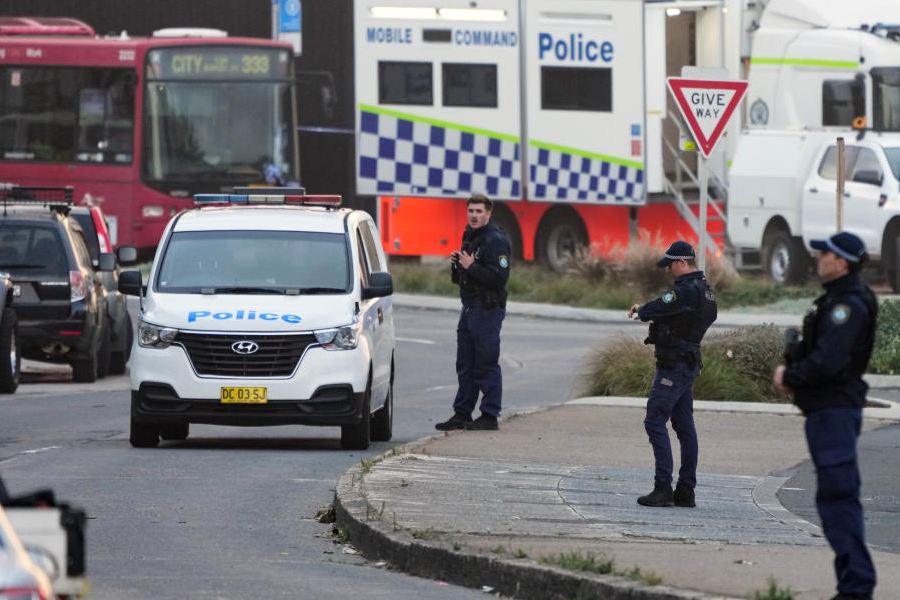 |
Dear readers: As a social media columnist and self-described “Twitter-aholic”, my previous “off the grid” experiences were limited to nights in which I glanced at my iPhone only once or twice an hour. (I’ve spent weeks at ashrams with better cellphone reception than apartments in Manhattan.) While I saw the theoretical value in limiting one’s tools of distraction, I mainly dismissed those who advocated cutting off for days at a time as in-the-closet-Luddites.
That is, until last week.
Some 193 kilometres northeast of Reno, on a dry lakebed in the centre of Nevada’s desert, I joined a sold-out crowd of 53,000 painted, costumed, art-making, dancing, singing citizens of the temporary Black Rock City, to mark the 25th anniversary of the famous Burning Man. More than a festival, Burning Man is a group of individuals who gather for a week each year in RVs and tents to form a community based upon the tenets of inclusion, self-expression, self-reliance, art, communal effort, civic responsibility and participation. I came bearing bags of elaborate costumes and gallons of SPF 85 sunscreen.
The Internet did not come along with me.
In fact, my iPhone remained in airplane mode for five days straight, setting a personal record, and altering my stance on our myriad Devices of Distraction forever.
What I learned: That 50,000 people not staring at their cellphones is magical.
What can happen in this sort of sacred space? Peace. Being entirely, utterly, 100 per cent present. Serendipity. When you can’t text or email, you have to go with the moment, to talk to those in front of you, to break past the barriers of your shyness or your inhibitions about strangers. You have to push yourself. You have to actually look around and participate in your immediate world.
The irony, of course, is that many who attend Burning Man are leading the technological revolution — they are the inventors, the developers, the digital savants of the next generation. Have they rebelled against this?
“Not really,” explains media team manager Meghan Rutisliano. “In the same way we limit the cameras as a way to protect the authenticity of the experience, we also seek to provide a space where the interruption, constant noise and distraction of cellular phone and computers doesn’t impede upon the immediacy of what happens on the playa.”
Two years ago, someone erected the first Wi-Fi tower, and one or two camps have access, albeit unreliable. But when I was walking around with a group and someone expressed a desire to check his email in the “Tweet & Chill” camp, he was universally shunned. “Boo! Booo! GET OFF YOUR PHONE!” shouted our group, peer-pressuring him back into reality. And the immediacy was restored.
“Burning Man is a place where one is able to truly be connected to the moment,” says Ruisliano. “And it’s because of the intensity of the people, the art, the environment that one cannot help but have every moment saturated with experience, with creative inspiration and with their connection to all of the humans around them.”
That is what I felt, as I walked and biked around the desert filled with magic. I did take photographs — but not as many as I would have otherwise. Mostly, I just opened my eyes to the world and to the people around me, looking, seeing, breathing in the moment.
On Saturday night around 10pm, all 50,000 gathered around the enormous wooden statue of the man. We stared as fire dancers performed, as fireworks exploded, and finally, as the man burned slowly to the ground. After 30 or 40 minutes of standing transfixed, I realised something remarkable: I hadn’t reached into my bag to check my phone, I hadn’t glanced around irritably, I hadn’t even moved. My attention span after four days of no Internet was extraordinary, my e-Tourettes gone. I was riveted by nothing but flames.
And on Sunday night, when my iPhone finally sported five bars again, I found absolutely nothing had been missed.


